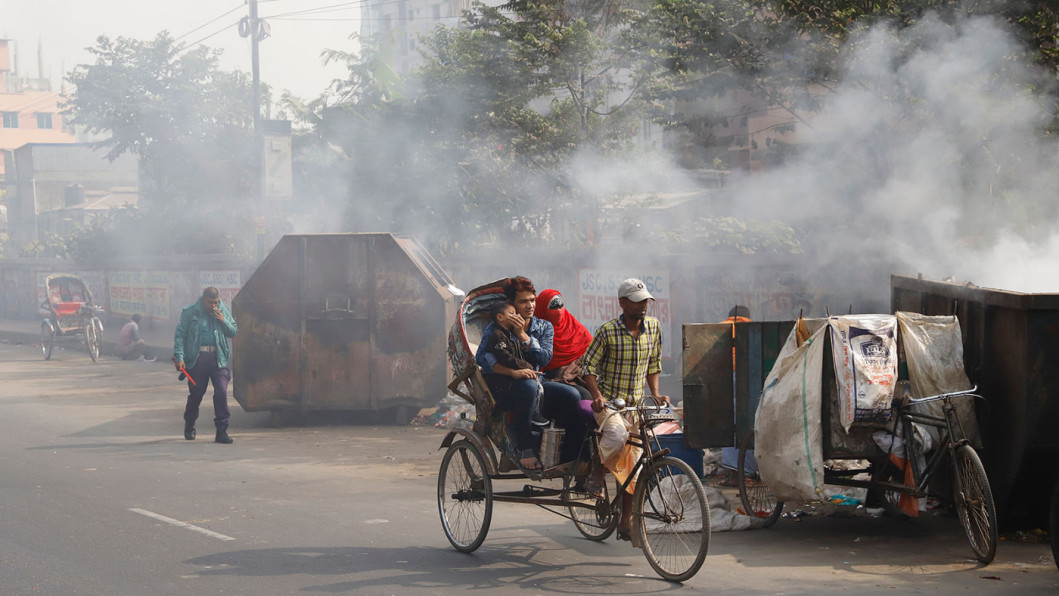The State of Air Quality in India
The Lancet study paints a disturbing picture of India’s air quality, revealing that 81.9% of the population is exposed to air pollution levels that surpass the country’s own National Ambient Air Quality Standards (NAAQS), which are already significantly higher than the WHO’s recommended limits. This puts millions of people at risk, as harmful pollutants like PM2.5 infiltrate their daily lives.
While India has made some efforts to tackle air pollution, the country is still far from achieving safe air quality levels for its citizens.
The Devastating Health Impact of Pollution
The health effects of prolonged exposure to air pollution are far-reaching. PM2.5 particles, which are tiny enough to penetrate deep into the lungs and bloodstream, have been linked to serious diseases such as respiratory conditions, heart attacks, strokes, and even developmental issues in children.
The Lancet study estimates that air pollution causes 1.5 million deaths annually in India. The numbers are sobering and demonstrate the urgent need for comprehensive measures to improve air quality and protect public health.
Even WHO-Recommended Standards Fall Short
While achieving the WHO’s air quality standards would undoubtedly improve the situation, the study highlights that even then, India would still face significant health challenges. The study estimates that 0.3 million deaths would still be attributed to long-term exposure to pollution. This suggests that India must not only focus on achieving cleaner air but also on addressing the health effects of years of pollution exposure.
What Needs to Be Done?
To reverse the impact of air pollution, India must take immediate and long-term action. Some key measures include:
Stricter Pollution Control Measures: Enhancing regulations and ensuring that industries, vehicles, and power plants adhere to strict emissions standards is critical.
Promotion of Green Energy Solutions: Investing in renewable energy sources such as wind and solar power can help reduce pollution from fossil fuels.
Public Education Campaigns: Raising awareness about the health dangers of pollution and encouraging the use of cleaner technologies can lead to significant behavioral changes.
Building Green Cities: Urban areas must expand green spaces and adopt cleaner construction practices to improve air quality.
Conclusion:
The Lancet study underscores the severe consequences of air pollution in India, with 1.5 million deaths linked to pollution each year. While the road to cleaner air will require significant effort, it is clear that urgent action is necessary. By implementing stricter pollution controls, promoting renewable energy, and raising awareness, India can work towards a healthier future for its people.


